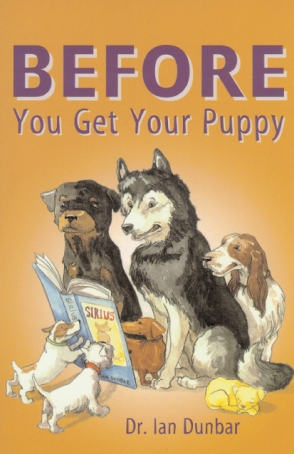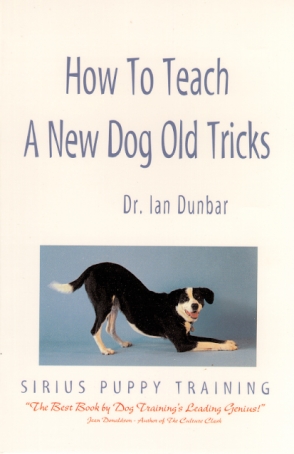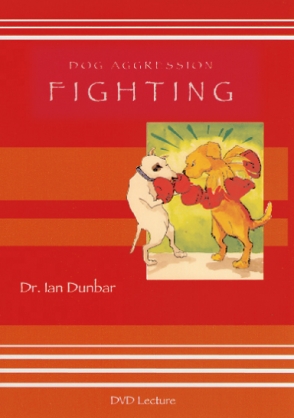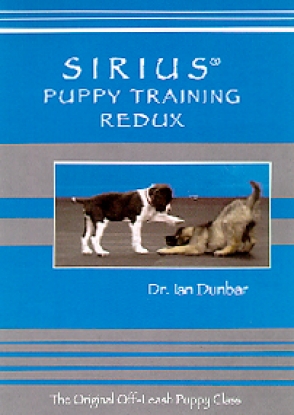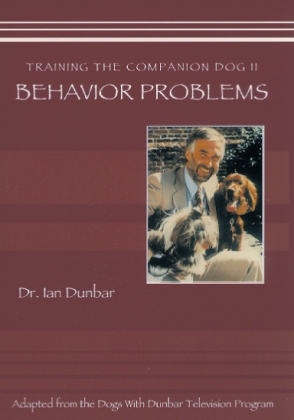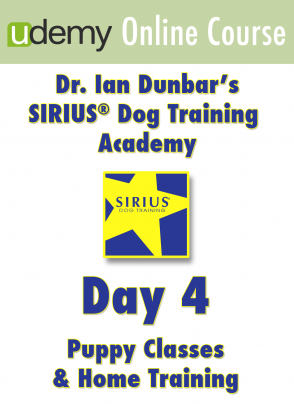When you get a new puppy, you need to meet six developmental deadlines before your puppy is just five months old. Know what they are BEFORE you get your puppy!
Let's Talk Quadrants!
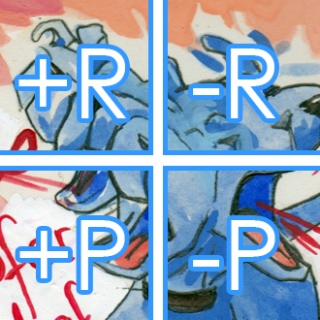
(This post is in reply to a question that caught my fancy on the Top Dog Academy Facebook page, which is available exclusively to members ot the Top Dog Academy on www.dunbaracademy.com)
Hello help me out. 4 quadrants please: Dogs barking - Bark collar activated, but turns off if dog continues to bark. How is that perceived by the dog. Can't be negative reinforcement as you're not taking something away to decrease the behaviour as the behaviour is still happening. If you are taking that unpleasantness away then the fact that the dog is still barking, surely reinforces the barking???
A really great question, which you answered pretty much correctly yourself. And two really good responses.
I only promoted the quadrants as a learning aid to remember the ridiculously ambiguous and needlessly complicated terms +P, +R, -P and -R. But the Quadrant only adds confusion to applied training, i.e., actually training a dog and changing behavior in the intended direction.
FMI: I would check out the “Science Based Training (with Feeling)” seminar in the website — basically, explaining the pitfalls of learning theory in practice.
As Chris Garrison so succinctly stated, you cannot train in just one quadrant at a time. Before you can discontinue any type of feedback/consequence, you must first have applied it. The learning points are ONSET and OFFSET and so, they occur in pairs. Even with Positive Reinforcement and Positive Punishment, you reward and quickly stop rewarding, or you punish and then quickly stop punishing. If 1. You have lightning-fast TIMING and 2. You are rewarding LOTS and punishing (verbal is best) only occasionally, your dog will learn fairly quickly, because you’re probably delivering 30–60 pieces of feedback a minute and praise and reward (Positive Reinforcement) is the way to go. BUT you do need nifty-fast timing.
With the “negatives” though, things get more complicated. With Negative Punishment e.g., time-outs in a dog-dog play session: often the dog is allowed to START play when unfocussed and out of control (which is the quickest way to reinforce a dog to be unfocussed and out of control) and STOPPING play for undesirable behavior takes time. Often with no verbal feedback, the trainer approaches the dog, takes its collar and leads it to a confinement area and the whole process can take several seconds and so, the trainer is actually Negatively Punishing the dog for “waiting patiently” for the trainer to approach, take the collar and lead it to confinement. Furthermore, if we now interview the jailed dog about its recent -P experience, it says … “What do you mean? This is POSITIVE Punishment. I’m in Prison” — Yup, jail-time is wasted time — time-out from training. Whether “negative” or “positive” depends on the perceiver — trainer or trainee. Let’s just teach the dog to play appropriately, while it is playing, i.e., by using Play and Continuation of Play as Positive reinforcement for appropriate and acceptable play behavior.
But with Negative Reinforcement, the results can be downright scary. For example, let’s consider the default technique to “teach” retrieve before Lure/Reward Training and Shaping were re-popularized and offered a quicker, more effective and altogether more enjoyable solutions. The trainer would approach the dog, grab the ear and twist the ear in the metal collar (Positive Punishment) and hold a dumbbell in front of the dog’s muzzle. The twisting continued until the dog grabbed the dumbbell, whereupon the trainer would immediately let go of the ear (Negative Reinforcement). This “Force Retrieve” was often effective WHEN IT WORKED. BUT there was a lot of fallout even if the dog did learn to take an object — many dogs no longer liked the trainer (or anyone) approaching or reaching for its collar/ear. However, a lot of the time it didn’t work. The dogs would struggle, scream, growl and maybe bite, prompting the trainer to let go prematurely and thereby negatively reinforce struggling, screaming, growling or biting. I mention again that the Force Retrieve was the STANDARD METHOD of “teaching” retrieve up until the 70s. Everybody was taught to do it. Some trainers recommended twisting the ear in a metal prong collar and one trainer in New Jersey recommended using plyers to pinch the dog’s ear.
NOW, WHEN DONE WITH IMPECCABLE TIMING AND WITHOUT CAUSING FEAR OR PAIN, POSITIVE PUNISHMENT CAN BE EFFECTIVE AND NEGATIVE REINFORCEMENT CAN BE EXTREMELY EFFECTIVE. However, few people have impeccable timing with praise, a clicker, or a food reward, let alone with a jerk, grab, or thumb on a shock collar button, or, when releasing a squeezed ear in a timely fashion.
So, let’s now get to Lindsay’s comment. When people train dogs, or any animal (humans included), most attempts at Positive Reinforcement and Positive Punishment don’t work as intended, usually because of ill-timing, i.e., what we DO (Posit or Negate) does always have the intended EFFECT (Reinforcement or Punishment of the intended behavior) to INCREASE or DECREASE the frequency of the intended behavior.
Now, if punishment is ineffective (ill-understood) and does not cause the immediately preceding behavior to decrease in frequency, then by definition, it is NOT punishment. So, what is it? Well usually, other behaviors are unintentionally punished and of course, any aversive stimuli offer a convincing reason to dislike training and the trainer, i.e., the Classical Conditioning fallout is enormous with no benefits of intended training (operant conditioning). Oh yes, the dog does learn, but not what we intended.
Negative Reinforcement requires exquisite timing, otherwise unintended behaviors are negatively reinforced. But the dog always learns from the trainer’s feedback.
In the example given in the post: 1. Dog Barks, 2. Dog Shocked 3. Dog Continues Barking 4. Shock Discontinued, the Positive Punishment (2. Dog Shocked) was ineffective but 4. Discontinuing Shock would be extremely effective at Negatively Reinforcing the dog for CONTINUING to BARK and specifically, for continuing to bark through the shock.
With automatic shock, this is a severe glitch in programming but it is also a very common mistake that people make when their brain and thumb control the shock.
To effectively Negatively Reinforce the dog to stop barking (and bark less in the future) the correct sequence would be: 1. Dog Barks, 2. Shock Starts and continues until 3. Dog Stops Barking, whereupon 4. Shock immediately discontinues.
Having said that, I would never recommend Shock for training dogs, or cows (two of my three favourite species), or any animal for that matter, including, shower-singing spouses, crying babies, or canaries. The very thought is an anathema to me. However, once you objective, quantified proof that you can effectively teach and train, make your own decision. Most of you will likely find, that shock and most +P/-R are simply unnecessary.
And so, Chris, I’m with you again, (Instruction and) Positive Reinforcement is the way to go — the scientifically-proven (objectively quantified), quickest and most effective way to train any animal.

